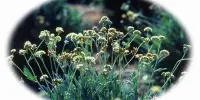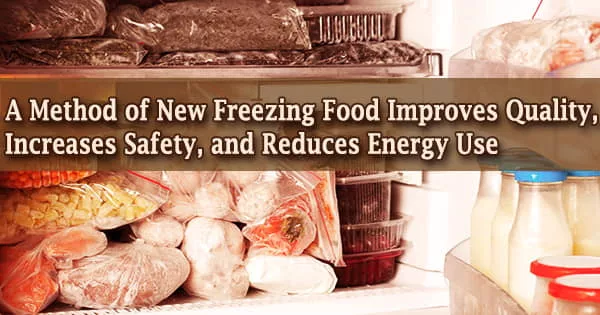Ripeness in viticulture is the completion of the ripening phase of wine grapes on the vine, signaling the start of harvest. It’s an important notion in viticulture, which is the cultivation of grapes for wine production. The maturity of grapes at harvest has a significant impact on the quality and quality of the wine produced. To achieve the optimal mix of sugars, acids, and tastes, grapes must reach a particular level of maturity.
What exactly constitutes ripeness varies depending on the wine style (sparkling, still, fortified, rosé, dessert wine, etc.) and what the winemaker and viticulturist personally believe constitutes maturity. Once the grapes are harvested, the physical and chemical components of the grape that will impact the quality of the wine are practically fixed, hence finding the appropriate ripeness for harvest may be regarded the most important decision in winemaking.
The ripeness of the grape is affected by a number of factors. Sugars in the grapes will continue to climb as acid levels fall during veraison. The balance of sugar (as well as the potential alcohol level) and acids is regarded as one of the most crucial parts of producing quality wine, therefore must weight and “total acidity,” as well as grape pH, are analyzed to determine ripeness.
Here are some key aspects of ripeness in viticulture:
- Sugar Ripeness: Once the grapes are harvested, the physical and chemical components of the grape that impact the quality of the wine are practically determined, hence finding the perfect time of ripeness for harvest may be regarded the most important decision in winemaking.
- Acid Ripeness: A variety of factors influence grape maturity. Sugar levels in the grapes will continue to climb as acid levels decline as veraison progresses. Because the balance of sugar (as well as the possible alcohol level) and acids is regarded one of the most important parts of producing great wine, both the must weight and “total acidity,” as well as the pH of the grapes, are examined to indicate ripeness.
- Tannin Ripeness: For red wine production, tannin ripeness is important. Tannins come from the skins, seeds, and stems of grapes. Unripe tannins can make a wine taste astringent and harsh. Winemakers look for grapes with ripe tannins that contribute to a smoother and more enjoyable mouthfeel.
- Flavor and Aroma Ripeness: The development of flavor and aroma compounds in grapes is a complex process influenced by factors such as temperature, sunlight, and grape variety. Winemakers assess these sensory attributes when determining ripeness. Grapes should exhibit the desired fruit flavors and aromas characteristic of the wine style they are aiming for.
- Phenolic Ripeness: Phenolic compounds, including tannins and pigments, contribute to a wine’s structure and color. Phenolic ripeness is especially important for red wines. Grapes should have fully developed phenolics to ensure a balanced and stable wine.
Toward the close of the twentieth century, winemakers and viticulturists began to focus on the concept of reaching “physiological” ripeness in grapes, which is defined as a more complete ripeness of tannins and other phenolic compounds in grapes that contribute to the color, flavor, and aroma of wine.
Overall, obtaining ideal ripeness is a delicate balance that involves the winemaker’s constant observation and decision-making. The goal is to harvest grapes at the optimal mix of sugars, acids, and tastes to produce the desired type and quality of wine.
















